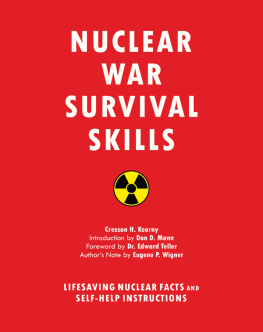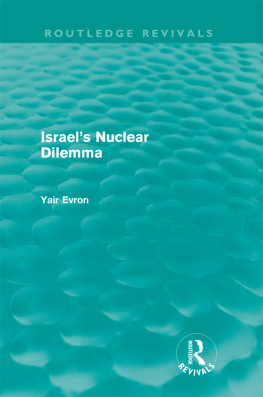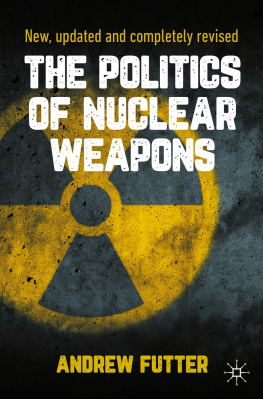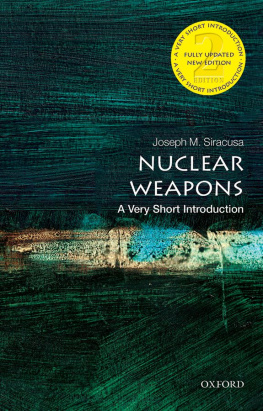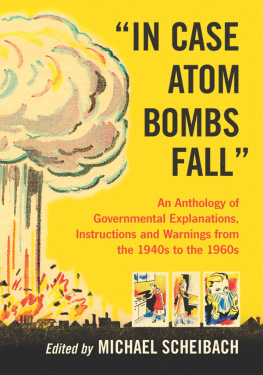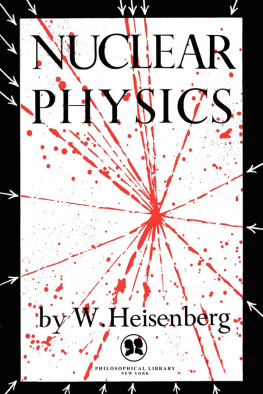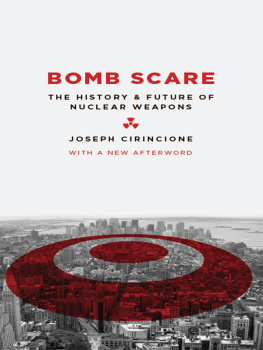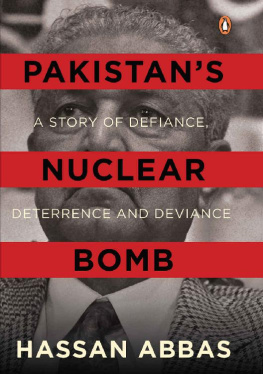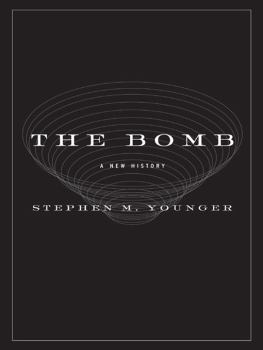
Copyright 1986 by Cresson H. Kearny
Cresson H. Kearnys additions to the Oak Ridge National Laboratory original 1979 edition are the only parts covered by this copyright, and are printed in this type print to distinguish these additions from the original upcopyrighted parts. The uncopyrighted parts are printed in a different type of print (like this).
No part of the added, copyrighted parts (except brief passages that a reviewer may quote in a review) may be reproduced in any form unless the reproduced material includes the following two sentences: Copyright 1986 by Cresson H. Kearny. The copyrighted material may be reproduced without obtaining permission from anyone . provided: (1) all copyrighted material is reproduced full-scale (except for microfiche reproductions), and (2) the part of this copyright notice within quotation marks is printed along with the copyrighted material.
First Skyhorse Publishing edition 2015.
All rights to any and all materials in copyright owned by the publisher are strictly reserved by the publisher. All inquiries should be addressed to Skyhorse Publishing, 307 West 36th Street, 11th Floor, New York, NY 10018.
Skyhorse Publishing books may be purchased in bulk at special discounts for sales promotion, corporate gifts, fund-raising, or educational purposes. Special editions can also be created to specifications. For details, contact the Special Sales Department, Skyhorse Publishing, 307 West 36th Street, 11th Floor, New York, NY 10018 or info@skyhorsepublishing.com.
Skyhorse and Skyhorse Publishing are registered trademarks of Skyhorse Publishing, Inc., a Delaware corporation.
Visit our website at www.skyhorsepublishing.com.
10 9 8 7 6 5 4 3 2 1
Library of Congress Catalogue Card Number 87-60790
Cover design by Qualcom
Cover image: Thinkstock
Print ISBN: 978-1-63450-297-9
Ebook ISBN: 978-1-5107-0205-9
Printed in China
CONTENTS
INTRODUCTION
As the Nuclear Biological and Chemical (NBC) Program Manager for SEAL Team SIX, during the 1990s, among my responsibilities was to provide plans, training programs, and equipment for use in preparing for and defending our Team against nuclear attacks. Even though it seemed the worst was behind us with the end of the Cold War, I dont believe we, the US government, or the rest of the US military, made this kind of work a big enough priority.
Now more than ever, the likelihood of a nuclear attack is very great. In just the past few years we have seen the rise of a host of rogue nations and enemies that actively seek out means to use nuclear weapons to terrorize; North Korea has nuclear warheads, having recently tested missiles off its eastern coast, and Iran is building a nuclear facility. Despite sanctions imposed on them by the US, these nations continue to develop their nuclear technology. The actions of these two countries have created an environment of fear worldwide.
As Americans, we are very vulnerable to nuclear attack. Although most of the world is focused on and very concerned with Irans and North Koreas nuclear intentions, there are also more than seventeen thousand nuclear warheads already in existence that need to be given much greater attention and could pose our most serious nuclear threat to date.
The likelihood of eliminating the threat of a nuclear attack or even an accidental launch in todays world is highly unlikely. We only have one choice and that is to prepare for the worst-case scenario.
After touring many nuclear fallout shelters throughout Europe, I realized how much better prepared most of those countries are for a nuclear war compared to the United States. They have numerous fallout shelters all of which are strategically placed. Some of the shelters are carved into mountainsides and have dual purposes, doubling as hydroelectric facilities, daycare centers, ice skating rinks, or libraries. When the nuclear warning alarms and sirens sound, large portions of the population know exactly to which shelter they need to report. Once they arrive to their respective shelters, they have access to medical supplies, food, water, blankets, and cots. They can survive for relatively long periods of time protected from an attack.
In the US, other than perhaps some of the preppers, we are not trained, equipped, or prepared for a nuclear attack. It is not a priority in the US to provide training, equipment, or protection in the event of a nuclear attack. The US government simply does not have in its arsenal an effective nuclear defense capability. Therefore it becomes a personal responsibility that we educate and prepare ourselves, our families, and our coworkers against this threat.
Cresson Kearnys Nuclear War Survival Skills , the first book of its kind, is a comprehensive survival manual dealing with the critical issues related to surviving a nuclear attack. Kearnys sole purpose for writing this book was to protect Americans who want to improve their chances of surviving a nuclear attack. Kearny writes that the best hope for surviving a nuclear war is self-help civil defenseknowing the basic facts about nuclear weapon effects and what you, your family, and small groups can do to protect yourselves.
Nuclear War Survival Skills covers not only basic survival skills but also the survival mindset one must have in order to survive a nuclear attack. It provides a comprehensive explanation on the many grave dangers of nuclear war and how to manage the fear, terror, and other psychological aspects associated with a nuclear attack.
This book describes, in great detail, protective measures recommended against the use of chemical, biological, and nuclear weapons. It contains recommendations on stockpiling low-cost survival foods and means to store food and water. It provides instructions on what type of foods are safe to eat and how to disinfect water from deadly waterborne diseases, as well as how to cook with limited supplies.
Kearny provides a thorough list of the specific clothing, tools, supplies, and protective items that could be very useful in the event of an attack. He covers preventative medical practices, wound care, radiation sickness, and treatment. The book also outlines detailed yet easy to understand instructions on building and seeking expedient fallout shelters with ventilation, cooling, and lighting.
Nuclear War Survival Skills is all all-encompassing manual. It delivers a straightforward approach to educating us about vital, nuclear survival practices. This book will save lives. It belongs in every home.
Foreword
There are two diametrically opposite views on civil defense. Russian official policy holds that civil defense is feasible even in a nuclear war. American official policy, or at any rate the implementation of that policy, is based on the assumption that civil defense is useless.
The Russians, having learned a bitter lesson in the second world war, have bent every effort to defend their people under all circumstances. They are spending several billion dollars per year on this activity. They have effective plans to evacuate their cities before they let loose a nuclear strike. They have strong shelters for the people who must remain in the cities. They are building up protected food reserves to tide them over a critical period.
All this may mean that in a nuclear exchange, which we must try to avoid or to deter, the Russian deaths would probably not exceed ten million. Tragic as such a figure is, the Russian nation would survive. If they succeed in eliminating the United States they can commandeer food, machinery and manpower from the rest of the world. They could recover rapidly. They would have attained their goal: world domination.

